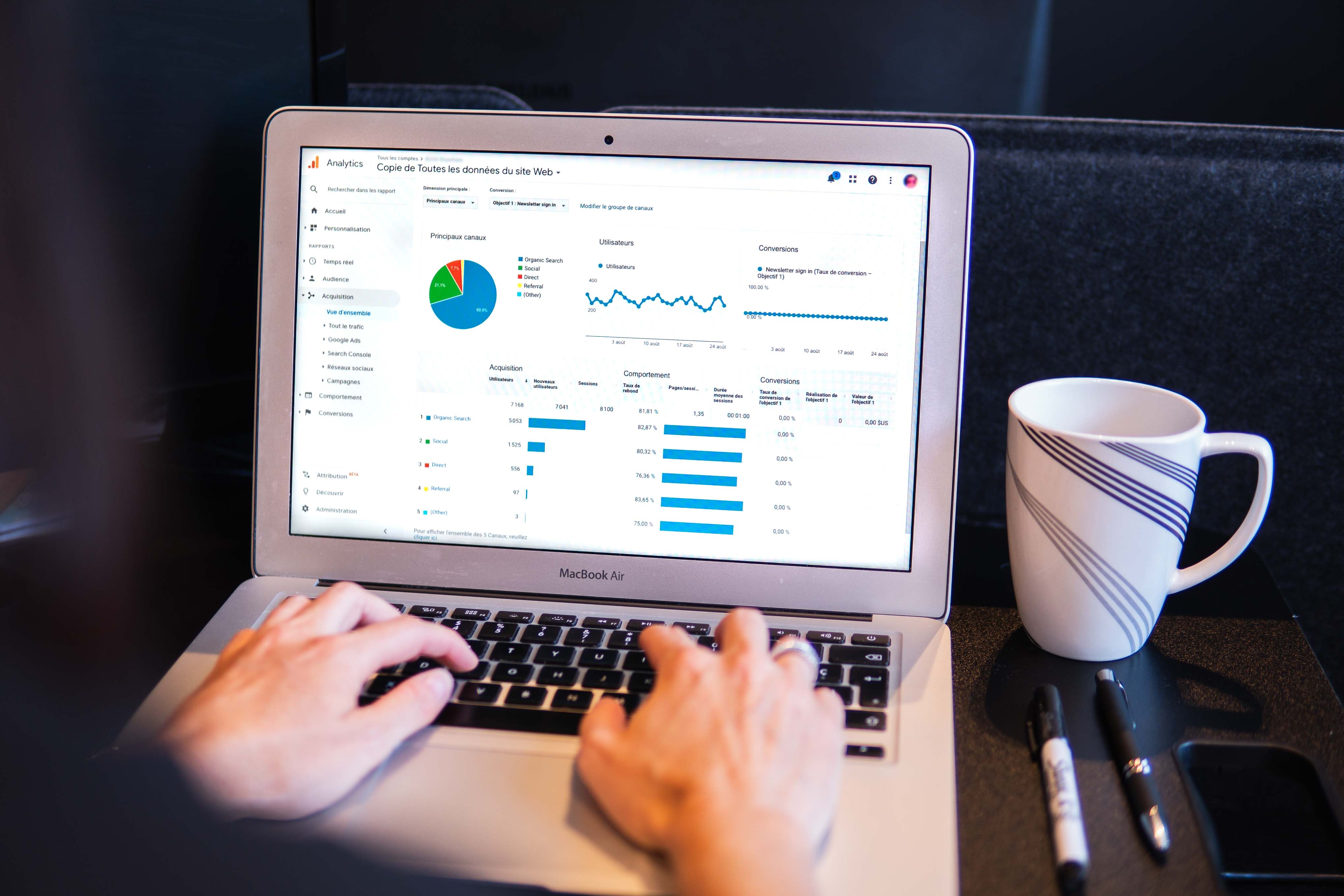How Do I Advertise on Google Ads?


Google Ads is a powerful tool your businesses can use to promote products or services online. With billions of searches happening daily, Google Ads presents an opportunity to reach potential customers at the moment they’re searching for exactly what you offer.
Here’s a step-by-step guide to help you get started and use Google Ads effectively.
1. How to Set Up Google Ads
Setting up Google Ads is straightforward, but it requires some planning upfront to be effective. Start by creating a Google Ads account. Once you’ve logged in, the platform will guide you through the steps to set up your first campaign.
First, choose your campaign type, such as Search, Display, Shopping, or Video. If you’re a beginner, starting with a Search campaign is usually best, as it focuses on showing your ads to users actively searching specific keywords.
Next, define your goals. Google Ads allows you to set objectives like driving website traffic, increasing sales, or raising brand awareness. Setting your goals from the beginning will help guide your campaign’s performance and measurement.
You’ll then set your budget and bidding strategy. The budget determines how much you're willing to spend daily, while the bidding strategy defines how much you’re willing to pay per click or impression. Be mindful of your budget, especially in the beginning, as you test and optimize your campaigns.
2. Google Ads Best Practices
To ensure your Google Ads campaigns are successful, it's important that you follow best practices that optimize ad performance and maximize results. Understanding the fundamentals of Google Ads best practices will help you make the most informed decisions and improve your overall campaign effectiveness. Here are some key tips:
- Use Relevant Keywords: Choosing the best keywords is important. Use Google Keyword Planner or other research tools to identify search terms your business’ target audience is using. Be sure your keywords match the intent behind the searches to increase the likelihood of conversions.
- Create Compelling Ad Copy: Your copy should be clear, concise, and persuasive. Highlight your products’ and services’ unique benefits, and be sure to include a strong call to action (CTA) to encourage clicks.
- Optimize Your Landing Pages: Make sure the landing pages your ads are directing to are relevant, user-friendly, and optimized for conversions. A slow or irrelevant landing page can increase your bounce rate, hurting your ad’s performance.
- Monitor and Optimize: Regularly monitor your ads’ performance. Google Ads has detailed analytics that show you which keywords and ads are performing best. Use this data to adjust your campaigns and continually improve results.
3. How to Use Google Ads Effectively
If you want to use Google Ads effectively, it’s essential to conduct ongoing testing and optimize your campaigns. Start by running multiple ads within each campaign, experimenting with different messaging, keywords, and targeting options. This way, you can determine which combinations work best.
Don’t forget about negative keywords — terms that you want to exclude from your campaigns to avoid wasting money on irrelevant clicks. For example, if your business sells premium products, you may want to exclude search words like “cheap” or “discount.”
4. Google Ads Targeting Options
One of Google Ads’ standout features is its powerful and flexible targeting capabilities, which allow you to reach the people most relevant to your products or services. This level of precision helps maximize campaign effectiveness by ensuring your ads are shown to people who are more likely to be interested in what you have to offer.
Google Ads has a range of targeting options, giving you the ability to refine your audience based on several factors. For example, you’re able to target users based on demographics, including age, gender, household income, and other personal details. You can also target specific locations, whether it’s a particular city, region, or even country, allowing for highly localized campaigns.
Another useful option is targeting by device, which enables you to customize your ads for users on smartphones, tablets, or desktops. You can also reach people who have demonstrated an interest in topics or products similar to yours, helping you connect with potential customers who are more likely to convert.
By taking full advantage of these targeting features, you can ensure your Google Ads campaigns are reaching the right people, thereby increasing the likelihood of success.
Conclusion
Google Ads offers immense potential for online advertising. By following best practices, setting up your campaigns carefully, and using advanced targeting options, you can create effective ads to reach the right audience and drive results. Start small, monitor your campaigns, and optimize over time to get the most out of your Google Ads investment.
Why brands choose MAIUS
Brands come to us for predictable growth, transparent reporting, and a team that actually cares about performance. No long contracts, no jargon. Just better results.


































.jpg)





























































